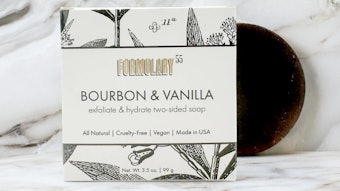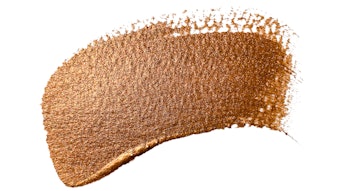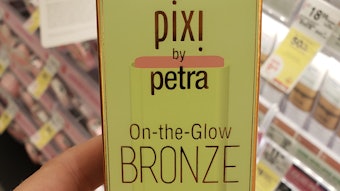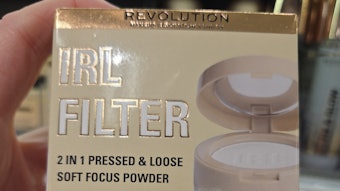Scientists from the University of Sheffield have developed pigment-free polymer materials that reportedly exhibit color due to their structure, similar to the natural color seen in beetle shells and butterfly wings. The researchers note that this technology could be used to provide new, anti-counterfeit devices on passports or banknotes due to their difficulty to copy. It also could potentially assist the color cosmetic formulator with a new palette of non-pigment pigments from which to build interesting cosmetics.
According to the university, the colors are created by highly ordered polymer layers that the researchers produce using block copoylmers (an alloy of two different polymers). By mixing block copolymers together, the researchers reportedly can create any color of the rainbow from two non-colored solutions. This type of polymer then automatically organizes itself into a layered structure, causing optical effects similar to an opal. In addition, the color changes depending on the viewing angle.
Andrew Parnell, PhD, from the university's Department of Physics and Astronomy, and other academics used Diamond Light Source, the UK's national synchrotron science facility in Oxfordshire, to probe the ordered, layered structures using high power X-rays, which reportedly helped them to understand how the colors were formed and how to improve their appearance. Parnell commented, in a press statement, "Our aim was to mimic the wonderful and funky colored patterns found in nature, such as peacock feathers. We now have a painter's palette of colors that we can choose from using just two polymers to do this. We think that these materials have huge potential to be used commercially."
The complete paper has been published by the Royal Society of Chemistry, and institutions involved in the research include the University of Sheffield, the University of Hull and Diamond Light Source in Oxfordshire. Diamond Light Source is funded by the UK government.










